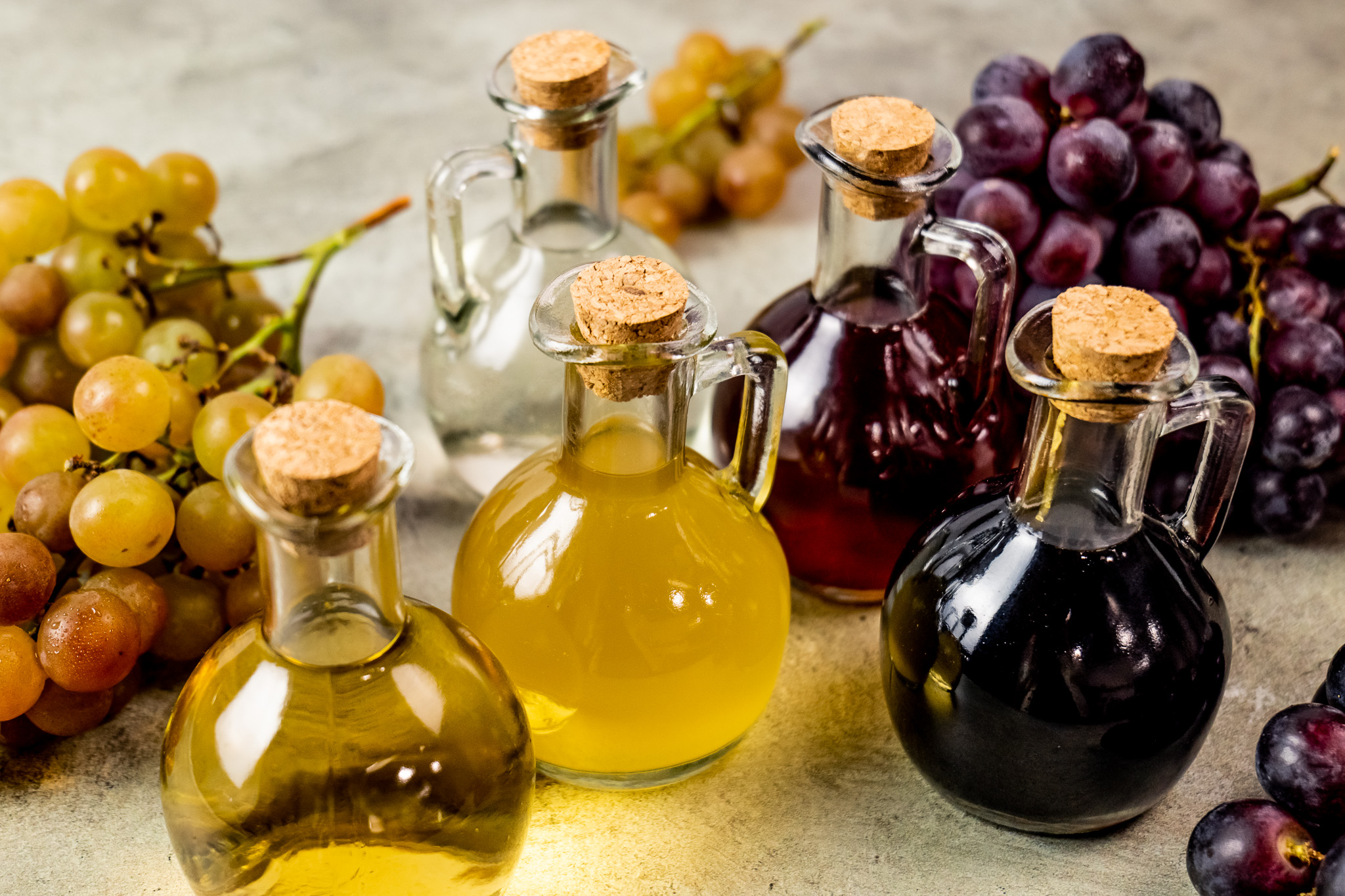
You may not know this, but one of the most exciting ingredients in your home could be a bottle of clear liquid tucked in the back of a cupboard collecting dust. That’s right, vinegar is one of the most exciting and versatile items with uses spanning far beyond the kitchen. From science projects making exploding volcanoes to the secret ingredient behind that delicious dressing, vinegar has a rich history of its incredible and versatile uses. Let’s explore the history, uses, and ways to make the most of this mysterious and often overlooked liquid.
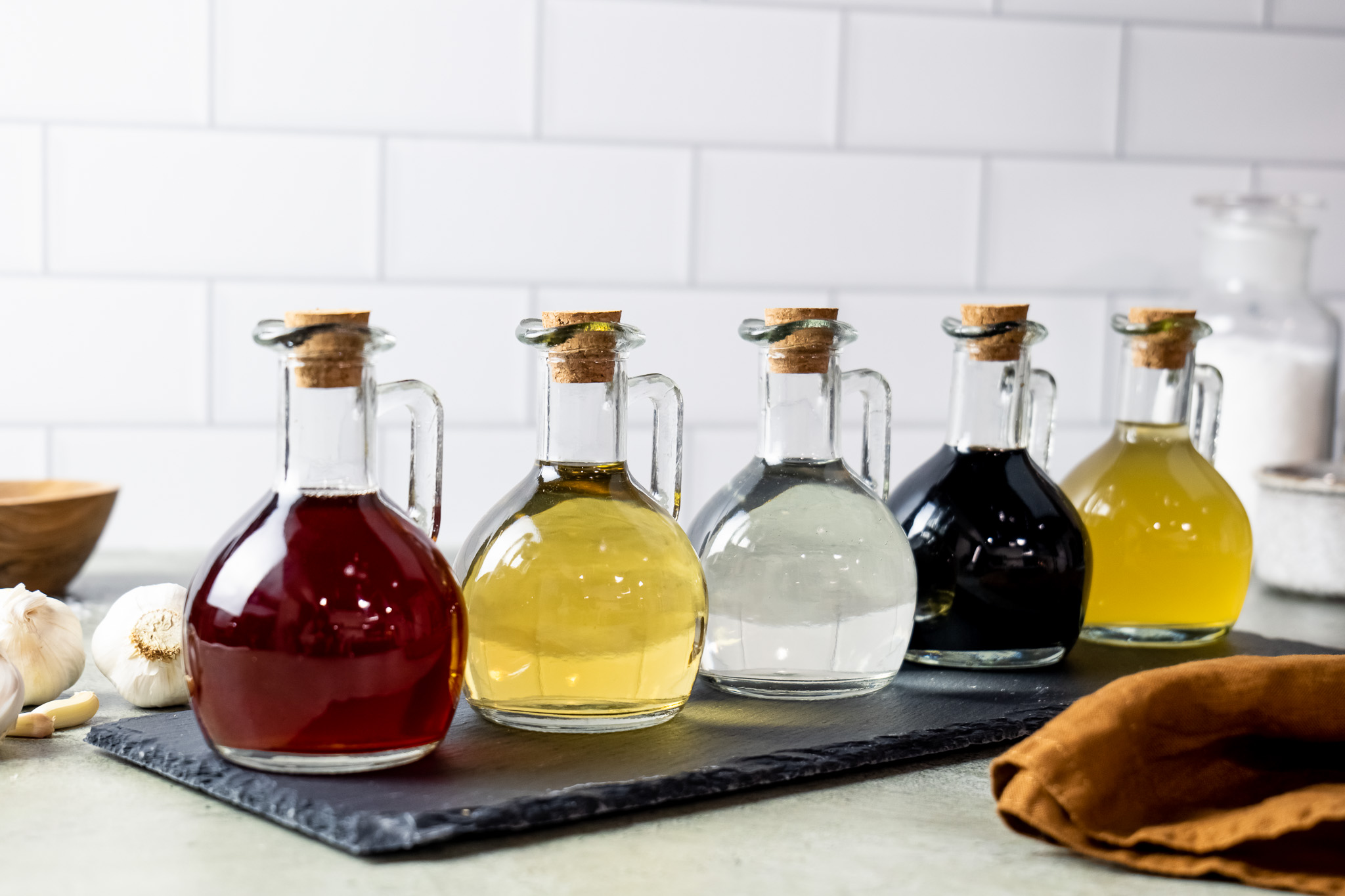
History
Vinegar dates back to almost 5000 B.C.E. and comes from the French “vin aigre,” meaning sour wine. And that is exactly where it came from - wine! Way way back in the day, vinegar was made from the fermentation of wine forgotten in storage facilities and old cellars, turning the grapes sour. There that bottle of wine oxidized and turned acidic, leaving them to strike liquid gold from the spoiled grapes. All across the world people found uses for vinegar and made different types from different wine bases. Today, vinegar is a booming billion-dollar industry and is made from the fermentation of grain alcohol, with its percentages of acid to water closely monitored for the best flavor and taste.
Uses
There are many ways to use vinegar. The main uses for this acidic liquid were originally as a digestive aid, a balm to dress wounds, a cough remedy, and pickling fruits and vegetables. It contains antibacterial properties and is a natural disinfectant, helping to kill germs and bacteria. Though those are all great and still used to this day, today we have many different types of vinegar and its primary use is in the kitchen. You can spritz, pour, glaze, flavor and even drink vinegar on its own. Here are the most common types of vinegar and their main uses.
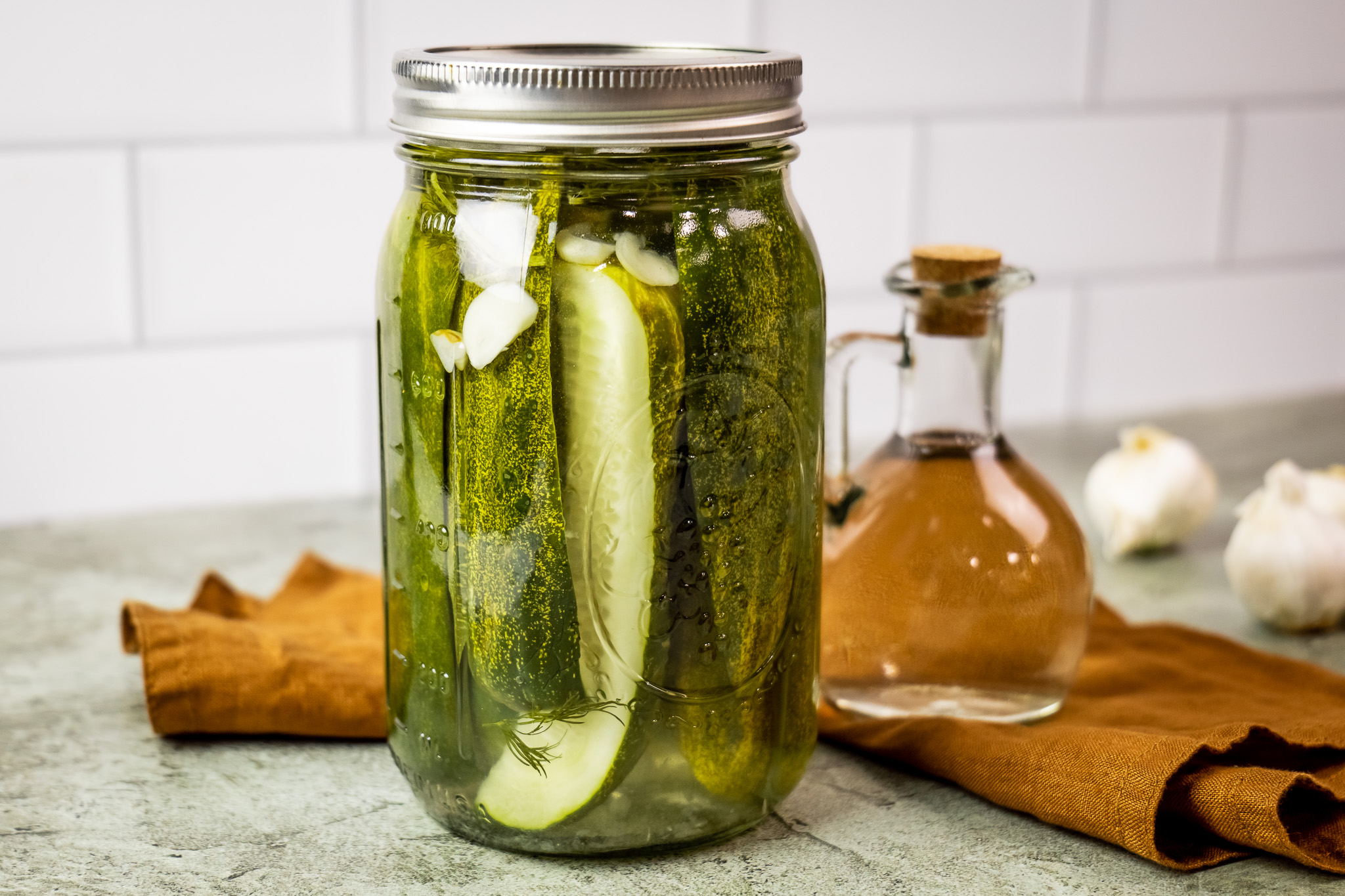
Distilled Vinegar
Also known as white vinegar, distilled vinegar is the classic bottle commonly found in homes across the world. It is also a culinary staple in many jarred favorites like pickles, sauerkraut, and meat brines. It is also used in salads for vinaigrettes and other dressings.
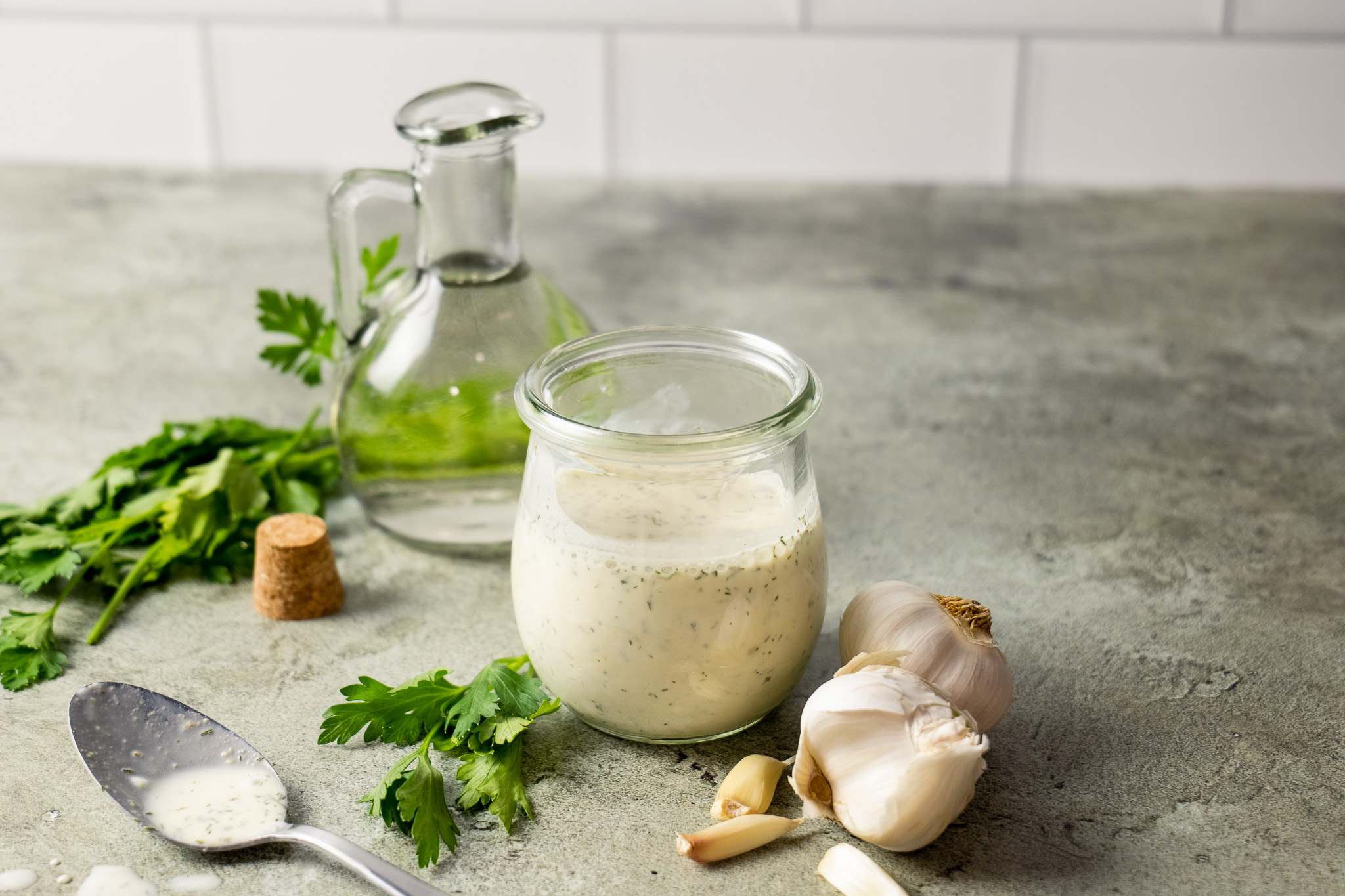
Outside of the kitchen, vinegar has antimicrobial properties which is the base for many natural disinfectants and cleaners. Vinegar sprays can be used to clean bathrooms, countertops, windows, and soaking items in a vinegar solution can help remove stubborn mold.
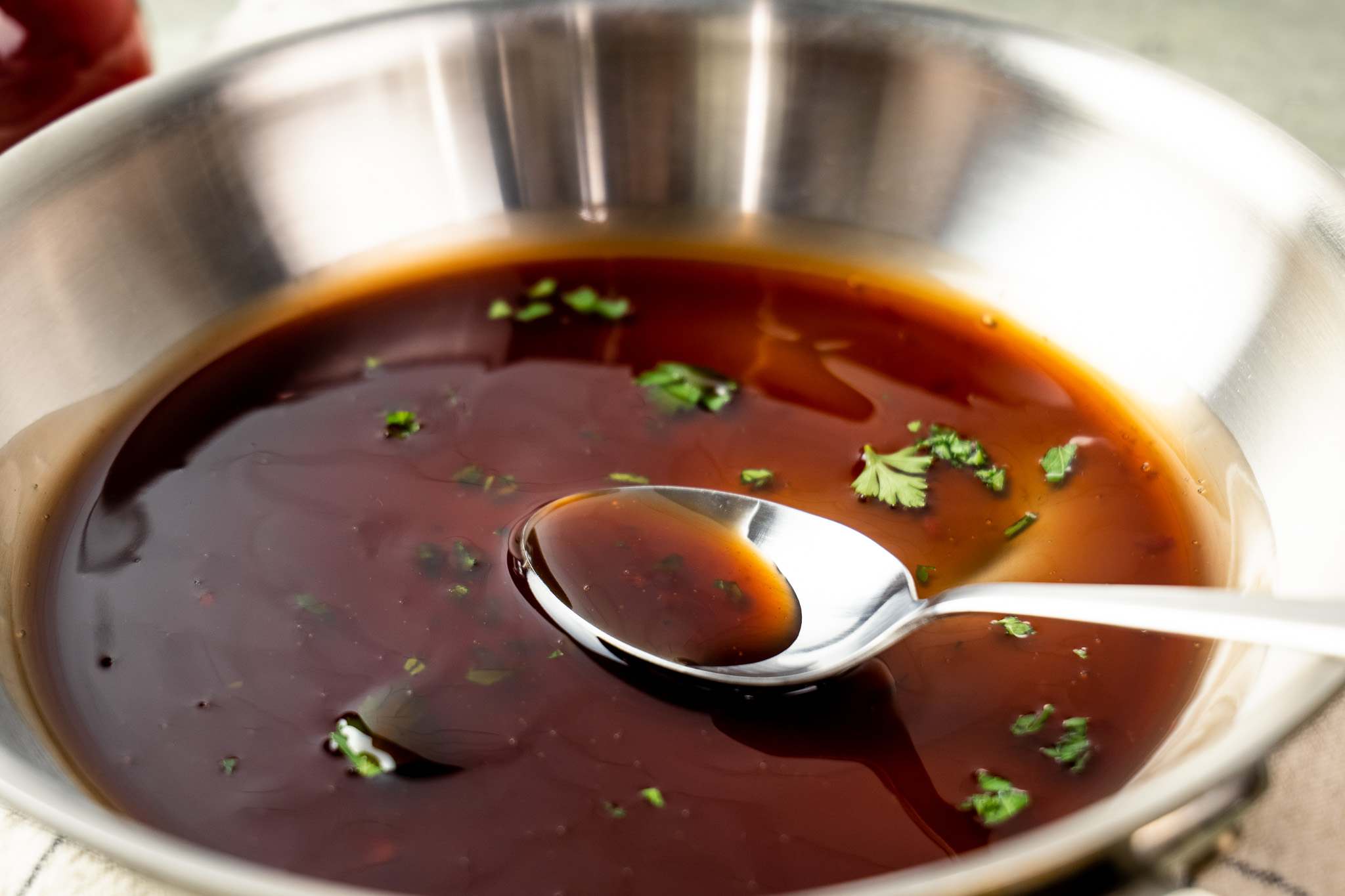
Red Wine Vinegar
One of the most popular vinegars in the Mediterranean, red wine vinegar is widely loved for its rich, bold flavors. Used in dressings, marinades, and reductions, red wine vinegar is often used in fine dining as a base reduced in a fat that enhances the overall dish. Its subtle sweetness adds depth and mild acidity.
Mix red wine vinegar with mustard, honey, or herbs , and your new favorite dressing is made!

Balsamic Vinegar
Dating back to 1046, balsamic vinegar was known as the “miracle cure” for its disinfecting properties. Today its most common use is for dressings or as a finishing touch on dishes. Ingredients like strawberries, cheeses, leafy greens, tomatoes, peaches, and even chocolate are great combinations because of balsamic vinegar's tart yet acidic taste.
Balsamic vinegar reduction, also known as a balsamic glaze, is also what many people know balsamic vinegar is. Used to drizzle on top of meats, salads, pasta, and vegetables, this thick and delicious sauce is a popular quick way to make any meal more flavorful.

Apple Cider Vinegar
Known as the health king of vinegar due to its health-boosting benefits, apple cider vinegar is one of the most recognized vinegar. Apple cider vinegar is often added to teas, juices, and smoothies or can be consumed on its own to help aid digestion. Many also use apple cider vinegar as part of homemade remedies to alleviate symptoms of sore throats and colds.
Apple cider vinegar can be used for quick pickling. While it won't develop the same depth of flavor as it would using white vinegar, it's a great alternative to get pickled vegetables quickly. It's also great to use to help cut down the saltiness of a dish.
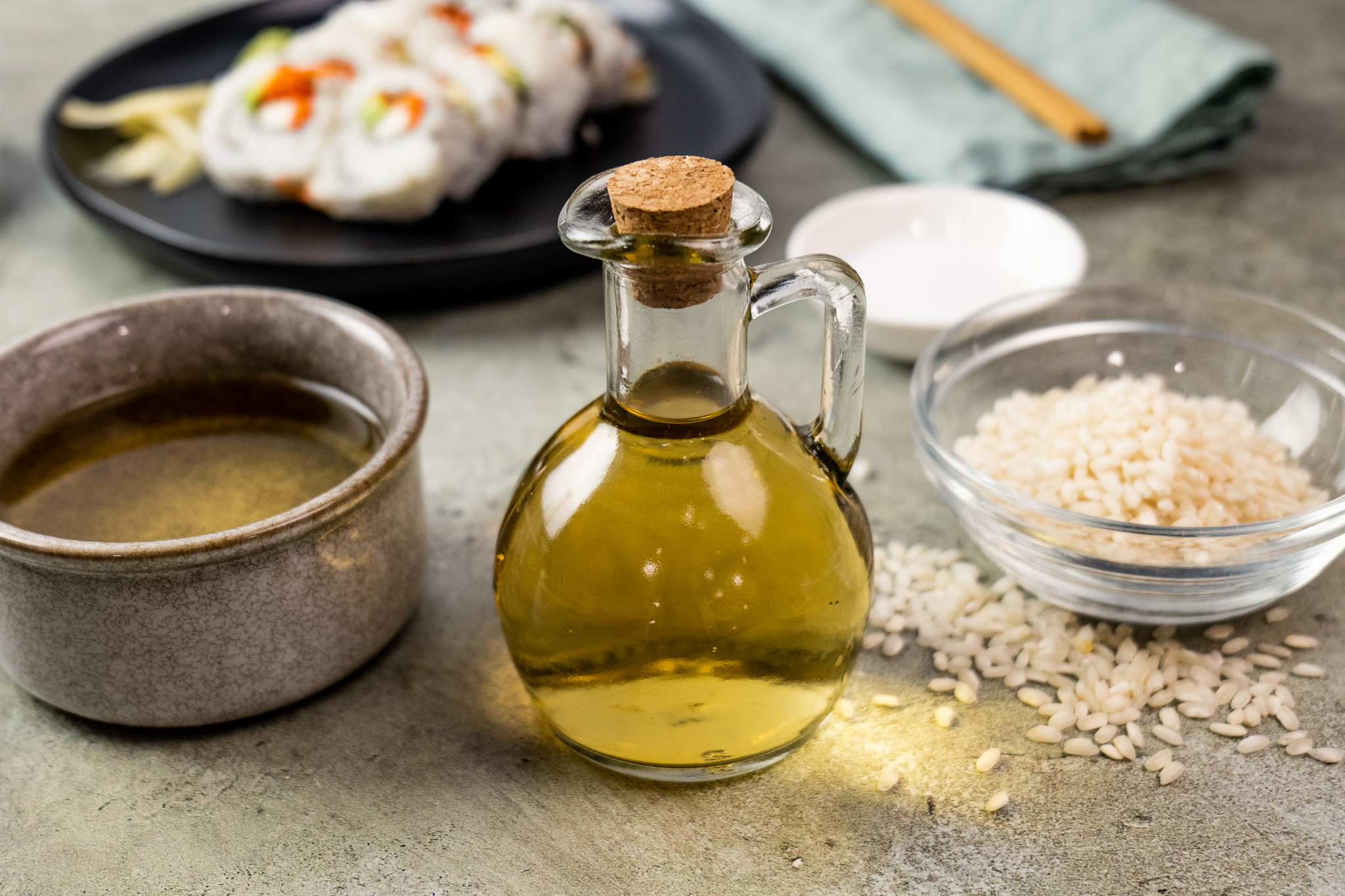
Rice Vinegar
With only 4 percent acidity, rice vinegar is touted as being the lowest acidity. Commonly used in Asia, rice vinegar was used in Japan to give their samurai warriors strength. It was also known to reduce blood pressure and maintain the skin. Today rice vinegar is used in sushi, marinades, stir-fries, kimchi, and salad dressings. A main use for rice vinegar is found in sushi rice. It is a key ingredient when mixed with sugar and salt to create seasoned vinegar that is added to rice to give it its signature sushi rice flavor.
Now that you know all the great benefits of vinegar, there are a few caveats that can prove harmful when not carefully monitored. Everything is great in moderation, but too much vinegar can also have adverse reactions to your stomach tract, especially for those with inflammatory conditions including heartburn and indigestion.
Vinegar is by nature acidic and acidic foods on your teeth can do more harm than good. Too much can erode your enamel and lead to tooth decay. The optimal amount of ingesting raw vinegar should be 1-2 tablespoons (15-30ml) daily. When mixed with other ingredients the amount can be much higher.
So the next time you may find one of your vinegar bottles collecting dust in a cupboard, now you know how far this bottle has come and all the wide-ranging possibilities you can use with it. And if you haven’t tried all the different types, grab yourself a bottle of vinegar at your local grocery store and try something new with it in your favorite dishes! If you’re unsure of what to try out, we have this delicious Strawberry Balsamic Burrata Toast with a Green Salad:






